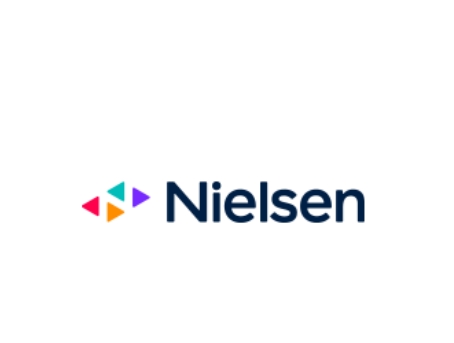Maximizing roi with advanced media planning techniques
As the media landscape becomes increasingly complex, the need for advanced media planning techniques has never been more critical. With the proliferation of digital channels and platforms, media planners must navigate a maze of options to ensure their advertising efforts yield the highest return on investment (ROI).
At its core, media planning involves identifying and selecting media outlets – such as television, radio, print, and online platforms – to disseminate advertising messages to the target audience. The goal is to find the right mix of media to reach the audience effectively while staying within budget.
Traditional media planning focused on broad demographics and reach. However, with the advent of digital media, planners can now target audiences more precisely and measure campaign performance with greater accuracy.
The Role of Data in Media Planning
Big data has revolutionized media planning by providing insights into consumer behavior, preferences, and habits. By analyzing large datasets, media planners can create highly targeted campaigns that resonate with specific audience segments.
Consumer insights and analytics play a pivotal role in shaping media strategies. These tools help planners understand the 'why' behind consumer actions, enabling more effective messaging and media placements.
Advanced Media Planning Strategies
Programmatic buying automates the purchase of media inventory, making the process more efficient and cost-effective. Real-time bidding allows for the buying and selling of ad impressions in milliseconds, ensuring ads are delivered to the right audience at the optimal time.
Consumers today engage with content across multiple channels and devices. A cross-channel approach ensures that campaigns are integrated and consistent, regardless of where the audience interacts with the brand.
Contextual targeting involves placing ads in relevant content environments, while behavioral targeting uses previous user behavior to deliver personalized ads. Both techniques are essential for reaching consumers with precision.
Optimizing Budget Allocation
Maximizing ROI requires not just reaching the right audience, but doing so at the lowest possible cost. Negotiating rates and identifying value-driven media opportunities are key to cost-effective media buying.
Tracking campaign performance and establishing key performance indicators (KPIs) are crucial for understanding the effectiveness of media spend. This data-driven approach allows for ongoing optimization and refinement of media strategies.
Emerging Trends in Media Planning
Artificial intelligence (AI) and machine learning are transforming media planning by enabling predictive analytics and more sophisticated audience segmentation. These technologies are paving the way for even more personalized and efficient media campaigns.
Addressable TV allows advertisers to serve different ads to different households watching the same program. This level of precision in traditional TV advertising mirrors the targeting capabilities of digital media, offering new opportunities for media planners.






Comments (0)